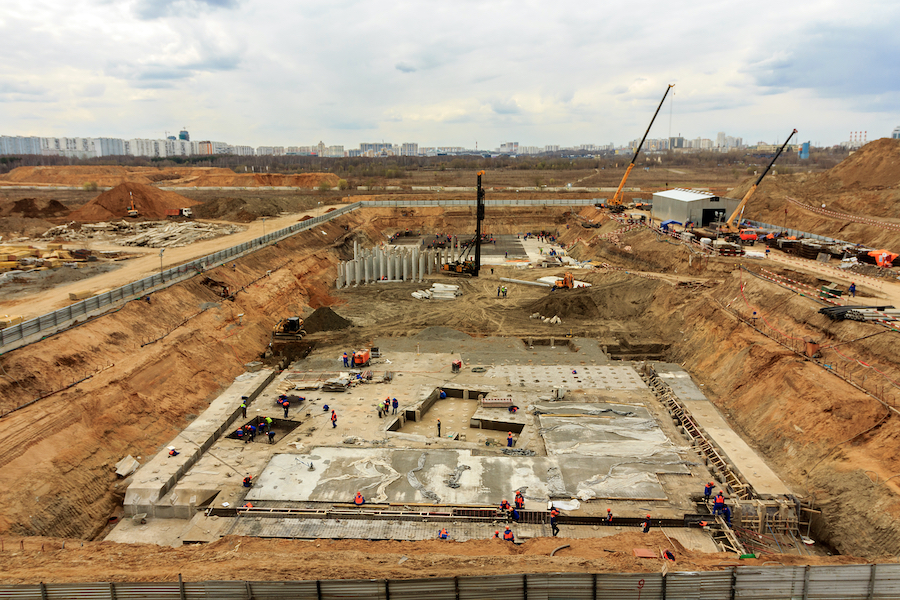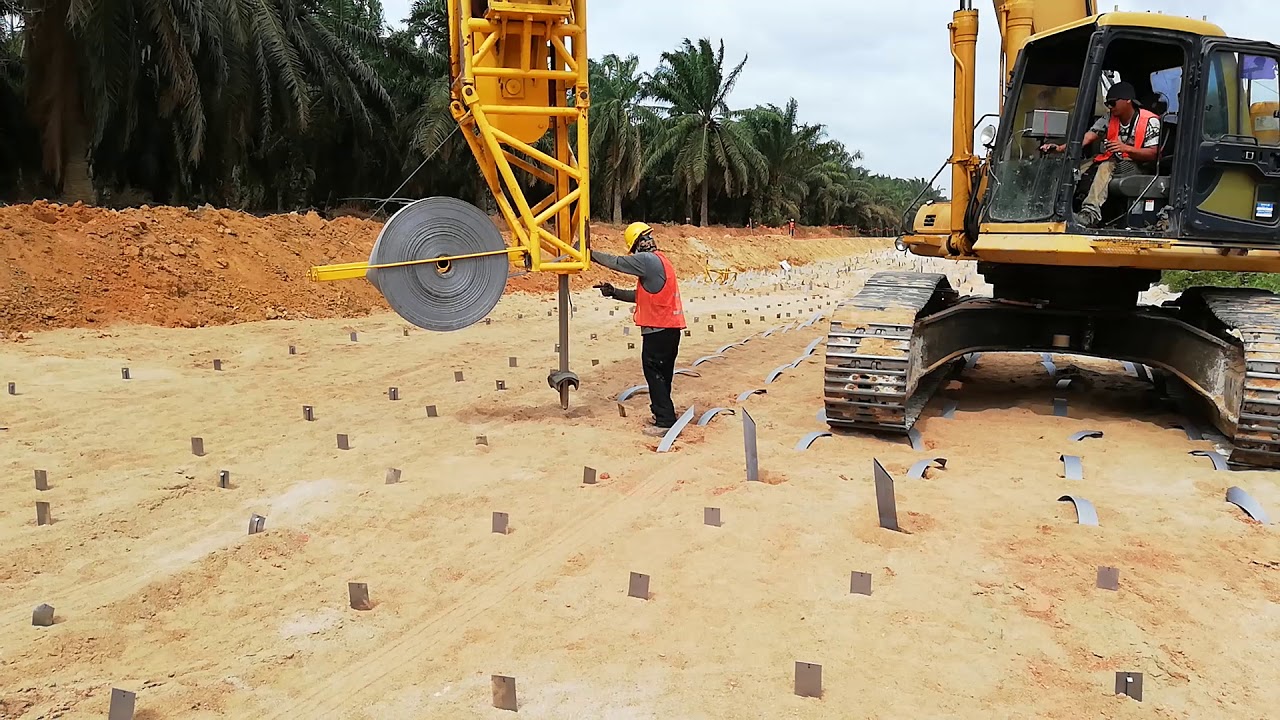
ARCHICRAFT DESIGN SDN. BHD.




Introduction
Drainage consolidation (排水固结) is a critical process in construction that ensures proper water management and structural stability. Whether you're working on house design, office interior design, or large-scale architecture design, understanding how drainage consolidation works can help you create functional, durable, and aesthetically pleasing spaces. Here's a detailed look at the process and its relevance to interior design, renovation, and construction projects.
The effectiveness of drainage consolidation depends on various techniques, materials, and environmental factors. Engineers carefully analyze soil conditions to determine the most suitable approach, ensuring long-term stability and safety.
Unstable soil with high water content can lead to various construction challenges, including:
Drainage consolidation helps address these issues by expelling excess water and improving soil density, making it more compact and stable for construction.


Various methods are used to achieve effective drainage consolidation, depending on the project’s requirements and soil type.
This technique involves applying a temporary load on the ground while using vertical drains (such as sand drains or prefabricated vertical drains) to accelerate water removal. The weight compresses the soil, and the drains help water escape, leading to faster consolidation.
a. Sand Drains (砂井)
Widely used technique in preloading with vertical drains, primarily employed to accelerate the consolidation of soft clay or silt soils. They help expedite the drainage of excess pore water, reducing settlement time and improving soil stability for construction projects like roads, railways, airports, and buildings.
How Do Sand Drains Work?

b. Wick Drains (Prefabricated Vertical Drains (PVDs) (塑料排水板)
Widely used soil stabilization technique that helps accelerate consolidation in soft, water-saturated soils. They are an advanced alternative to sand drains, offering faster installation, lower cost, and greater efficiency in drainage and soil improvement.

Wick drains are thin, prefabricated synthetic strips composed of:
Applications of Wick Drains (PVDs)

How Do Wick Drains Work?
2. Vacuum Consolidation (真空固结)
This is an advanced ground improvement technique used to accelerate the consolidation of soft clay, silt, and other low-permeability soils. It eliminates the need for traditional preloading by applying negative pressure (vacuum suction) to induce soil settlement, improving soil strength and reducing long-term settlement risks.
This method is widely used in projects like port construction, airport runways, highways, and land reclamation, where soft soil stabilization is crucial.



How Do Vacuum Consolidation Works?
In traditional preloading, sand or soil fill is used as a surcharge to force water out of the soft soil, but this process can take years. Vacuum consolidation, on the other hand, applies a vacuum-induced pressure of 60-80 kPa, reducing pore water pressure and accelerating drainage without the need for additional surcharge loading.
Typical Application Cases of Vacuum Consolidation:
3. Drainage Trenches and Piping Systems (排水沟和地下排水管)
Types of Drainage Trenches:
Installation Considerations:

Image 1: French Drains

Image 2: Stormwater Trenches

Image 3: Infiltration Trenches

Image 4: Interceptor Drains
Types of Drainage Pipes:
Installation Considerations:

Image 5: Solid Pipes & PVC Pipes

Image 6: Corrugated Pipes, HDPE Pipes & Perforated Pipes
Challenges and Future Innovations
While drainage consolidation is highly effective, some challenges remain:
Innovations such as electro-osmosis (using electric currents to drain water) and smart monitoring systems are helping to improve efficiency and sustainability in drainage consolidation.
Conclusion
Drainage consolidation plays a fundamental role in ensuring the stability and durability of construction projects. By employing effective drainage methods and techniques, engineers can enhance soil properties, mitigate risks, and create safer, more resilient infrastructure. As advancements in geotechnical engineering continue, innovative drainage solutions will further optimize soil consolidation processes, benefiting the construction industry and beyond.
With extensive experience in Interior Design & Renovation across Malaysia and Singapore, we bring exceptional expertise to every project. Our proven track record speaks for itself—delivering stunning, functional spaces without compromising on quality. Trust us to transform your vision into reality with precision and excellence.
For any questions or inquiries about our services, please feel free to contact us at +6011-5755 0549. Stay inspired by the latest design trends and explore our previous & latest projects by visiting our official social media pages on Facebook pages, Instagram, Titok and Xiaohongshu.
Discover how we transform spaces through exceptional interior design, renovation, house design, architecture design, and office interior design!



